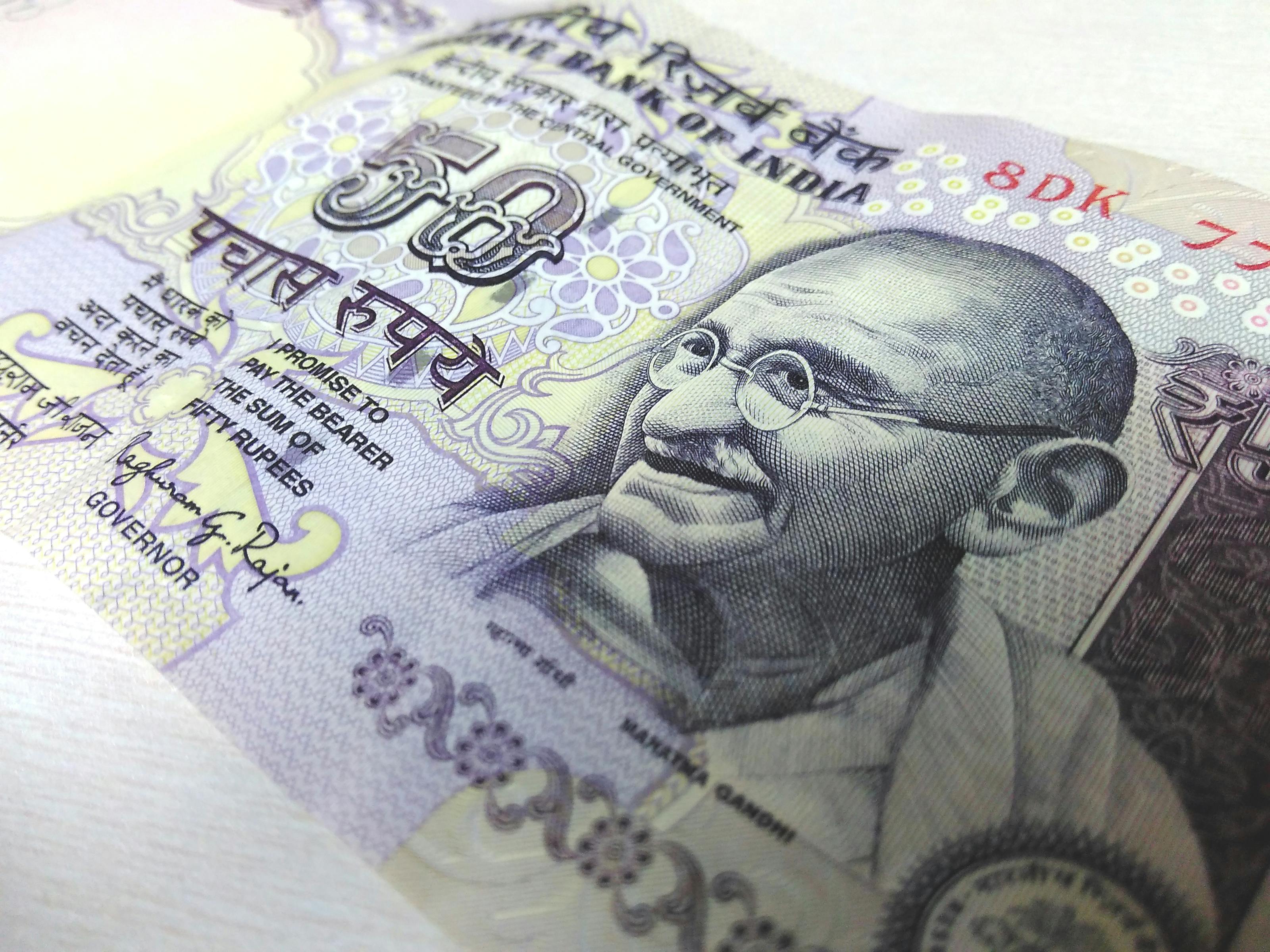The Minimum Wages Act of 1948 strives to secure the welfare of both skilled and unskilled labourers in India. This act of parliament specified the minimum wage limit for several occupations. Its main motive was to ensure that employers cannot exploit them with lower rates. The growth of a country can be measured in terms of the minimum wage rate offered to its workers which can help a country in paving its success story in the long run.

Introduction
Indian constitution has defined ‘Living wage’ as the level of income which helps the worker in securing a basic standard of living. This further includes comfort, good health, dignity, education etc.
It also provides for contingencies which might arise all of a sudden. Fair wage helps in maintaining a level of employment. It even tries to increase the same by considering the industry’s ability to bear this expense.
The Central Advisory Council appointed a Tripartite Committee of Fair Wage during its first session organized in November 1948. This committee devised the concept of minimum wage for preserving efficiency and guaranteeing bare subsistence which can cater to the requirements of medicine, education, and comfort.
The minimum wage rate of scheduled employment varies across sectors, regions, states, skillset as well as occupations due to a difference in the capacity of regional industries to pay, cost of living as well as consumption patterns.
It is impossible to get a uniform rate of the same across India. While the lowest minimum wage rate has been reported as 38 INR/day in Tripura, the highest is 322 INR/day in Andaman and Nicobar according to 2012 estimates.
Browse more Topics under Minimum Wages Act
Points To Consider In The Minimum Wage Rate
- The total number of hours for which a labourer works in a normal day needs to comprise of at least one or more interval periods.
- One full day leave should be granted to all employees weekly.
- The remaining day’s payment rate should not be below the overtime rate.
- An employees wage rate should include the respective rates of different work performed by him and for the specified number of hours at each task if he is engaged in two or more scheduled employments.
- The appropriate government will appoint inspectors for examining the matter in detail.
- An employer is liable to maintain records pertaining to the work, wages and receipts of employees.
Exclusions From The Minimum Wages Act
- Wages paid to disabled workers and to the dependent family of the employer.
- Un-scheduled industries.
Penalties & Offences
The Central Act treats all violation of the working hours, minimum wages and similar conditions as an offence. These are punishable by penalties which can take the shape of 10000 INR fine or five years of imprisonment.
The appropriate government can appoint a labour commissioner, an officer having experience as a Stipendiary Magistrate judge, Commissioner for Workmen’s Compensation or an officer ranked above a Labour Commissioner for processing the complaints lodged.
Question on Minimum Wages Act
Q1. What is the minimum wages act 1948?
Answer: Minimum Wages Act 1948 gave jurisdiction to both the central and state government in fixing wages. In spite of being non-binding from a legal perspective, it is statutory in nature. Committees conduct a timely review of the industry’s capacity for paying wages. They are under an obligation of fixing a minimum wage. This needs to suffice the basic requirements of a family of four members.






Leave a Reply